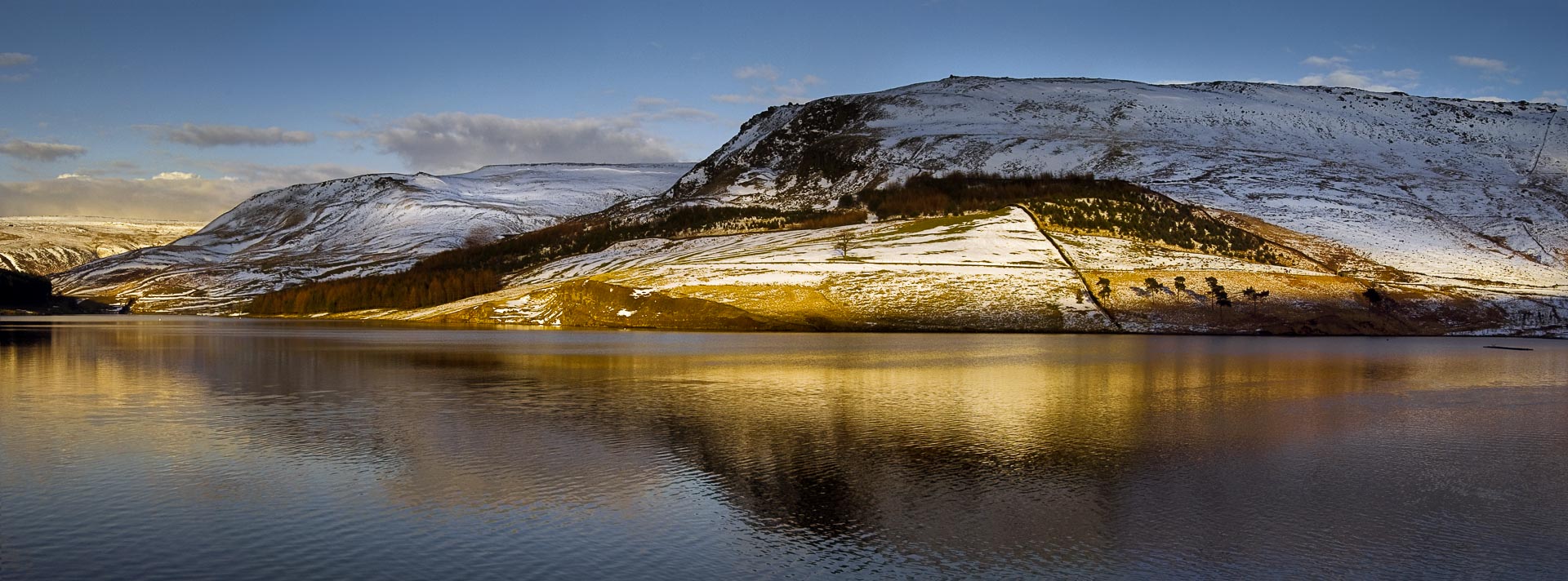Hey, there’s tumbleweed in here and I’m fed up of looking at the Christmas Greetings! so here goes – a few HDRi photos taken in the few weeks since Christmas.
Click on the images for a bigger view.
For the benefit of those new to digital photography, HDRi stands for “High Dynamic Range imaging”. High Dynamic Range Imaging is a method to digitally capture and edit all light in a scene, from the brightest highlights to the deepest shadows and comes into its own when the contrast range in a scene is too high to capture in a single exposure without burning highlights or blocking up shadows. It represents a major leap in digital imaging technology. The good thing is you can do it with any camera that allows you to bracket or exercise manual control or compensation of exposure. That means yours!
If you are serious about photography, particularly landscape and low light photography, you will find that HDRi is the final step that places digital way ahead of analogue. You’ll never want to go back to film and wet processing again. The old problem of over/underexposure in analogue photography is a now thing of the past. A huge variety of subjects can now be photographed for the first time ever in fantastic detail, from high contrast stitched panoramas to church interiors…just think, you can now capture all the detail in the stained glass windows as well as the dimly lit interior. Wow!
How does it work?
Several bracketed shots are taken of the scene (preferably on a tripod, though I didn’t!!!). The underexposed shots will give full detail in the highlights and the overexposed shots full detail in the shadows. The middle exposure will be “average metering”. Using the special “merge to HDR” feature in PhotoShop or other HDR software, a 32 bit image is created, containing the full range of tones, maybe up to 10 stops of information. Then comes the tricky bit….the 10 stops of information have to be constricted back down to about 5 stops, whilst retaining all that lovely highlight and shadow detail. An added spin-off is that noise in shadows becomes much less obvious and skies are shown in their fullest splendour.
A fairly simple explanation is given at http://www.cambridgeincolour.com/tutorials/high-dynamic-range.htm – that saves me going into fine detail here.
If anyone else is dabbling in HDR, please upload some photos for us all to see.
Chris

